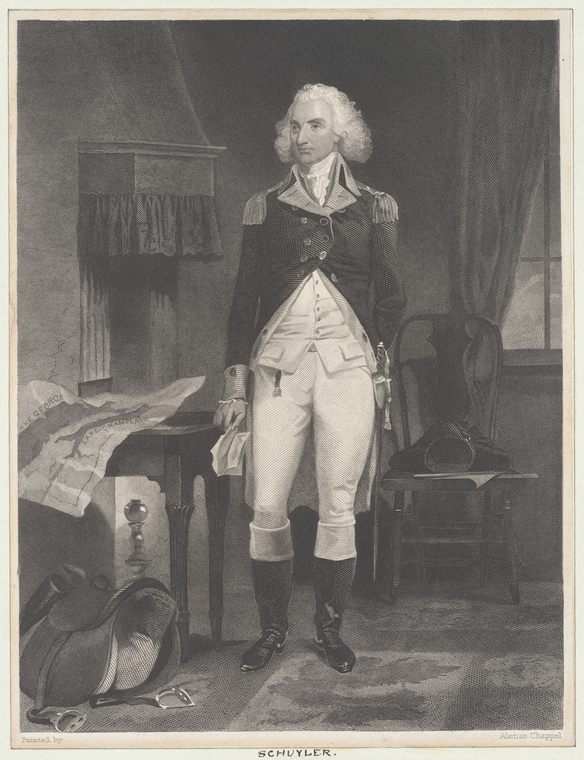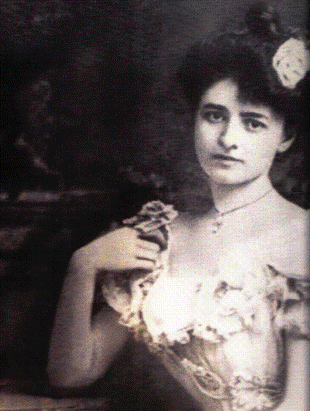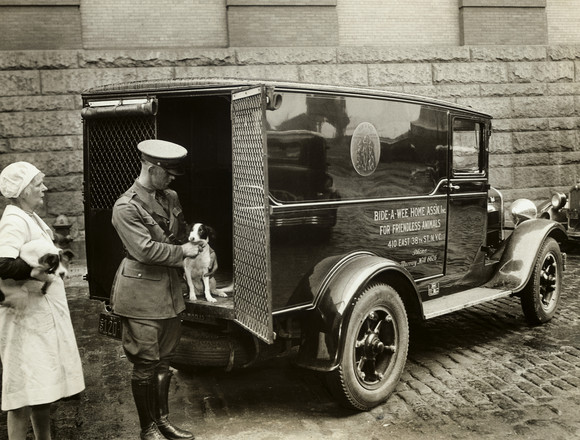

In November 1908, a “well born and well bred” woman was forced to move out of her old Yorkville mansion at 122 East 83rd Street. The woman, Mrs. Angelica Schuyler Reed, was described as a “tall, gaunt, gray woman” who had been a “childless widow for 15 years.”
According to the New York Evening World, she was also a member of Old New York’s most aristocratic families, the Schuylers.
For seven years, Mrs. Reed had lived in the Yorkville home with numerous cats and dogs. Although she had originally leased the home from the Presbyterian Synod, she said the property changed hands following a lawsuit in 1906, and she no longer knew who her landlord was.
For several weeks leading to that fateful day in November, Mrs. Reed had been sharing her rapidly dwindling resources with her cats and dogs. Neighbors said she had been destitute for about a month, and would go searching through ash barrels for bits of food to feed her pets.
Although the animals seemed to be doing fairly well, Mrs. Reed was starving herself to death. Her condition was finally brought to the attention of the Health Department via a report on the condition of her home from the Bide-a-Wee Society for animals.

“I Can’t Fight Any More”
On November 24, 1908, a reporter from the Evening World visited Mrs. Reed to talk about her eviction and about the fate of her cats and dogs. As the reporter and Miss Madeline Mills of Bide-a-Wee talked to Mrs. Reed, Superintendent Charles Harris and two assistants collected her four-legged children.
In other words, her 15 dogs and 8 cats, all of whom had reportedly been living with her for many years.
“Two years ago a man came and told me not to pay rent to any one, and I never have,” she said. “They’ve tried to move me and my dear children several times, but I’ve always managed to fight them off. But now I can’t fight any more. I’ve got to go, and I don’t know just where.”

Mrs. Flora D’Auby Jenkins Kibbe, the founder and president of Bide-a-Wee, found out about Mrs. Reed after neighbors began complaining about her pets. While visiting the home to check on the animals, the Bide-a-Wee attendants witnessed the unsanitary condition of the old home, “which had not been swept out or scrubbed or even aired in two years.”
On the day the reporter and Bide-a-Wee representatives visited her home in November to remove the animals, they had to stumble over old, rotting mattresses and fragments of worn out and broken antique furniture as they made their way down a dingy hallway that led to Mrs. Reed’s small bedroom.
“The house is all right,” Mrs. Reed told her visitors as she watched the men carry away her fur babies. “I can get along–I and my children–if they will just let us alone. I get plenty to eat and so do the children.”

The Yorkville Mansion on East 83rd Street
The old mansion where Mrs. Reed and her animals had lived was located on the south side of 83rd Street between Park and Lexington Avenues. The newspaper described it as follows:
“It is a roomy, rambling three-story frame structure, with a front yard in which there is one half-dead tree, and a large back yard. Once it must have been in imposing residence, with its fanlight over the door and its wrought-iron lattices, but it has not known a paint brush in years and its shutters have fallen away to only a few slats.”
According to the news article, when Mrs. Reed first moved into the home, she occupied all three floors. A few years later, she sublet the lower two floors to a Greek fraternity.
As the home became more rundown, she found it difficult to keep or find tenants. She eventually moved into one rear room on the top floor, where she lived, slept, and ate. The cats and dogs had full run of the rest of the large ramshackle home.
Mrs. Reed said she didn’t recall when she started bringing cats and dogs into the home, but neighbors said she often rescued stray dogs from mean boys, and the alley cats always knew they could find refuge with her. The animals all ate at the same time with their master, and in fact, she encouraged them to sit on her table as she dined with them. “They are better friends than humans,” she said.
I don’t know what happened to Mrs. Reed following her eviction, but she did have a nephew named Charles Comstock who had a manufacturing company downtown. Neighbors said he had urged his aunt to move in with him for years, but she had always refused. The reporter suggested that she would no doubt move in with him now.
A Brief History of Yorkville
Mrs. Reed’s home on East 83rd Street was located in the heart of what had been the original Village of Yorkville. This section of the city, from about East 79th to 96th Streets, had once been part of a larger area called New Haerlem, which extended from about 74th to 129th Streets.
During the colonial period, much of the land was undeveloped, city-owned common land known as the Haerlem or Harlem Common Lands. There were also several large farms belonging to the Waldron family and several other Dutch families (the Waldrons made their home near present-day 86th Street, between 2nd and 3rd Avenues).

During the 18th century, a Revolutionary War captain named Edward Dunscomb owned a large parcel of land bounded by present-day Third and Park Avenues between 83rd and 85th Streets. Dunscomb had served with the 4th New York Regiment of the American Army during the Battle of Brooklyn, where he was captured and confined to a prison ship. A family legend says he was asked to be Alexander Hamilton’s second in the duel with Aaron Burr, but he declined because he disapproved of the practice.
Following Dunscomb’s death in 1814, all of his property was conveyed to his children, Daniel and Mary Dunscomb. Ten years later, in September 1825, a man named Milne Parker, who had a successful coach-building business at 517 Broadway, began leasing property from Daniel and Mary for his business. Two months later, he purchased their lands between Third and Fourth Avenue and the proposed 83rd and 85th Streets.

Parker built three shops for his coach business and six houses for his workers along the newly opened Third Avenue and also on the proposed 84th Street (only Third Avenue was open at this time). Soon thereafter, another corporation called Wiswall & Price began building 25 houses from 79th to 91st Streets along the general line of Third Avenue. This construction was considered to the be the beginning of the Village of Yorkville.
Yorkville started to take off in 1836, when nine streets, including Fifth Avenue and 83rd to 85th Streets, were opened. The heart of the village was between Third and Fourth Avenues, which included John C. Parker’s Carriage Factory at Third and 83rd (John took over for his brother when Milne died), Burnham Carriage Company, Volunteer Engine Company 45, St. Matthew’s Church, and George Hazzards Road House on the northwest corner of 84th Street and Third Avenue.

According to The New York Times, the frame dwelling at 122 East 83rd Street was constructed in 1859 for the Moore family. In 1929, Judge William F. Moore sold the home to the Fifteenth Assembly District Republican Club, aka the Silk Stocking District organization. Moore told the newspaper that his family had owned the home for the past 70 years (I’m not sure why Mrs. Reed didn’t know this, or why Moore didn’t collect rent from her.)
The club commissioned architect Eugene J. Lang to design its new clubhouse, which was completed in October 1930. Seventy-five years later, when Michael Bloomberg was still a Republican, he made the ballroom of this beautiful Yorkville building his campaign headquarters.




Thanks for yet another fascinating (and moving) article! And also for introducing me to the Bide-a-Wee Society for Animals. I had no idea about this organization and its really admirable history and mission!